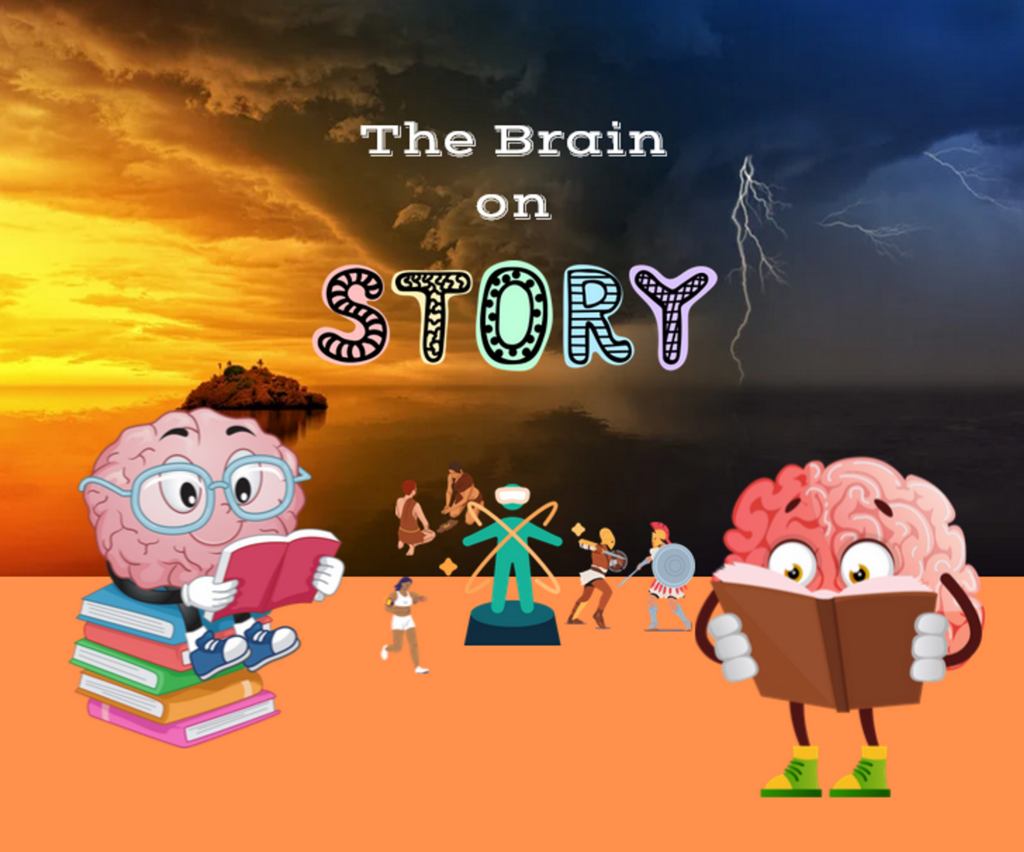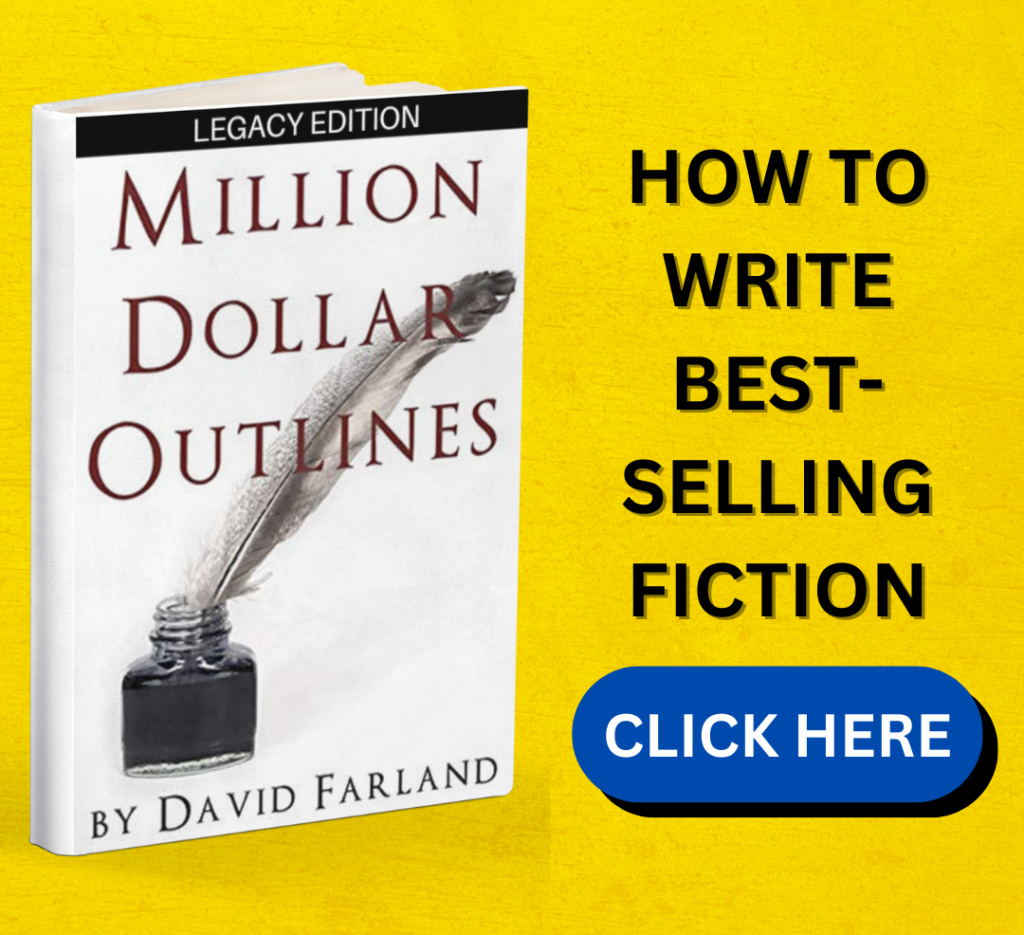Humans have been telling stories since we’ve had language — in fact, interesting things happen to the brains on story. Since our birth we have been inundated myths, legends, fairy tales, captivating novels and on a historical basis oral storytelling has expanded to print, plays, television shows, movies, video games…. It seems like what changes the most over the centuries is our media format and the underlying cosmetic conventions. We are certainly drawn to stories. Indeed, studies are showing that story might actually be our number one “operating system.”
How can you make this phenomenon work for you and your readers?
Our Evolutionary Advantage Because of Brain on Story
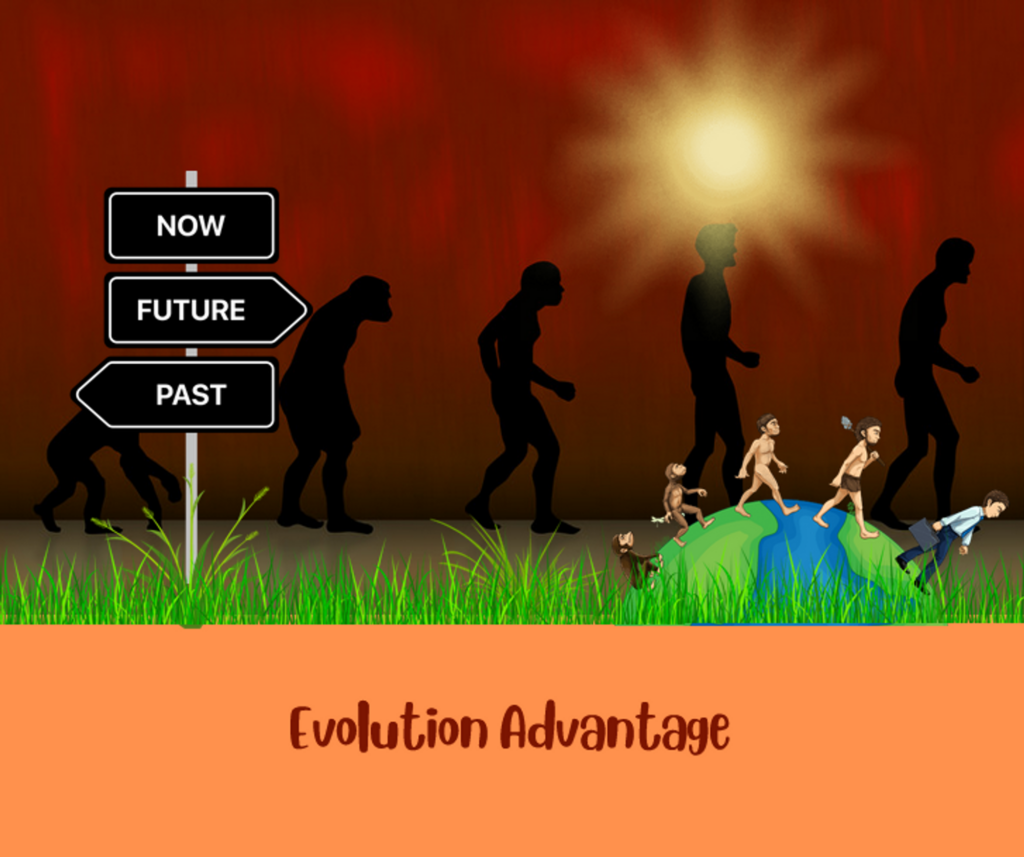
Storytelling is deeply ingrained in our evolutionary history and as Lisa Cron, author of WIRED FOR STORIES, stated during a presentation to Apex, “story is more crucial to our evolution than our very appreciated opposable thumbs.”
That’s a rather bold statement but if you consider, as Cron pointed out, that if we did not have story, we would be relegated to the state of perpetual NOW. We would not have the capacity to step out of the present. We would not be able to make plans for the future with all its dangers and delights.
The reason why is as simple as considering… What tools would we use to figure out problems and solutions without telling ourselves the story of what would happen “if.” And for the past… How would we reflect in order to learn from what happened before and give it meaning?
The bottom line is story provides us with the vehicle to transmit knowledge, cultural values, and social norms. It gives us our highest chance of survival.
What story gives us:
- A powerful means of communication. It allows us to express ideas, experiences, and knowledge, even complex concepts or emotions, in an engaging and resonating way. Story helps us to understand and put things in context much more than sheer data and facts.
- A tool for teaching and learning.
- A means to dive into themes such as love, loss, courage, and personal growth. Story helps us to better understand ourselves and others.
- A way to temporarily escape from reality. Story transports us to different captivating worlds and adventures, providing us with providing enjoyment, thrills, and relaxation.
- A way to spark our creativity. Story encourage us to strive for greatness and can install a sense of determination and hope to the reader.
- a record into preserving cultural traditions, historical events, and collective memories.
- a paradigm to question our assumptions, challenge societal norms, and contemplate philosophical or existential concepts. Stories encourage us to make sense of the world around us and to question ourselves.
The Ability to Empathize
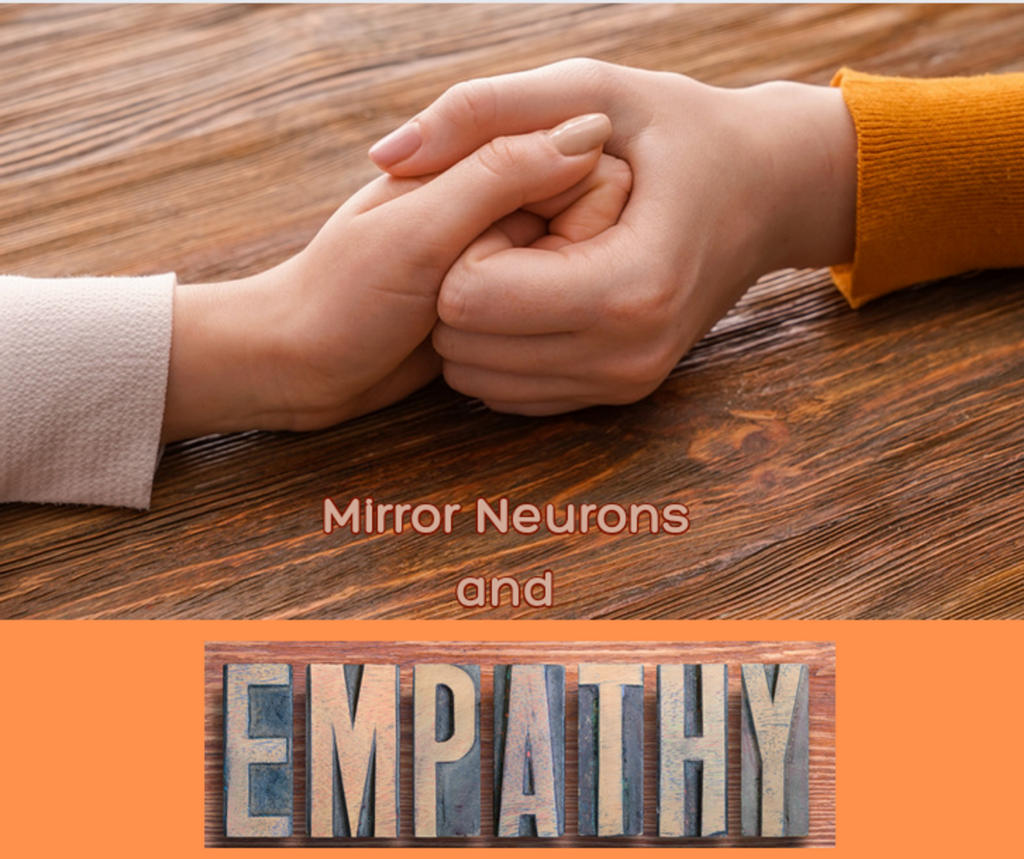
The best, and perhaps only way, to get someone to “step into someone else’ shoes” is by story. One of the many neuroscience topics that David Farland talked in Apex Zoom calls and in his 318R class was mirror neurons in the human brain. These specialized cells fire both when we perform an action and when we observe or read about someone else performing the same thing.
This gives us the ability to live hundreds of different lives within the pages of books and movies, etc. When we get involved in a story our mirror neurons activate and we vicariously experience the events and emotions described in narrative. All we have to do is pull our reader into the story and the magic starts. If you think about it, this gives the storyteller the unique ability to influence any one who reads. Our reader follows our character through his or her internal change caused by the external happenings, and while doing that he or she gains a sense of connection, empathy, and understanding.
You may have experienced what’s it’s like to try to change or expand someone’s viewpoint and paradigm. It certainly can end poorly but have you noticed when you say “let me tell you a story?” People lean forward. They are more likely to put aside their protective defensive, get lost in a another world, and with a well-executed story, return a bit changed by the experience.
How can you build empathy through storytelling?
- Don’t bog people down with unnecessary facts and figures. Facts and figures rarely change minds. Feelings do.
- Use sensory details — visual, hearing, feeling, smelling, tasting.
- Use metaphors to help convey vivid imagery and raw feelings. Metaphors help to compare a concept to something familiar making it a literal shortcut to understanding.
- Allow the reader to be in the character’s head in order for him or her to have an immersive experience.
Neurochemicals
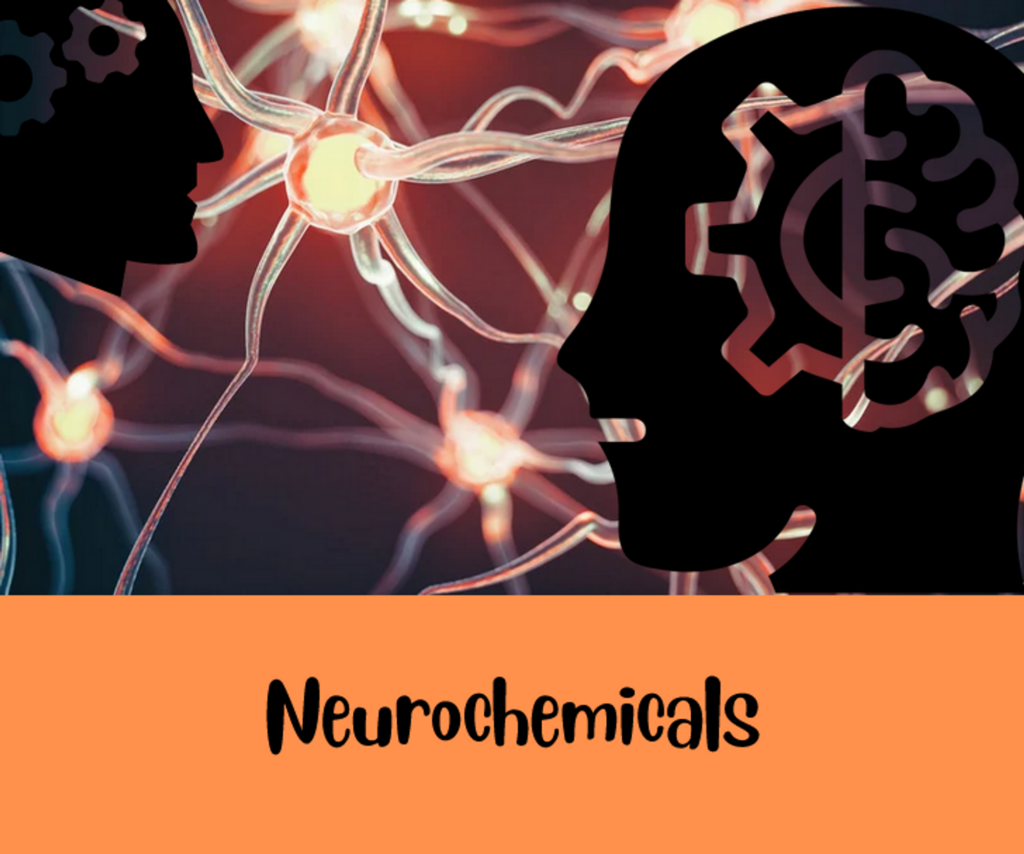
The simple act of listening to a story or reading creates neurochemical responses in our brains on story. This contribute to our emotional experiences and our engagement into the story world. David Farland, who I had the fortune to be mentored by through Apex calls and classes, spoke on the neuroscience of story. He went in a bit of depth about neurochemicals and mirror neurons and how to best optimize this information to give a reader their best reading experience. He may no longer be in the world but his knowledge remains through hours of course, lectures. hours of Zoom call replays, and his books. To learn more about how to access those, visit apex-writers.com.
Three of these neurochemicals include:
Cortisol:
Humans crave action, adventure, and a sense of risk. Good stories give us this. We open the pages, find a character we connect who is experiencing potential peril and we get a shot of cortisol–the stress neurochemical. This cortisol actually what hooks a reader in at first. It is the ‘pay attention’ neurochemical which reader’s heart pounding and his or her eyes moving faster over the page in response to the action unfolding. Cortisol sharpens a reader’s focus and attention. In fact, without this cortisol a reader would more than likely set your book down and consider it uninteresting.
How to keep the reader interested?
- Create conflict to your character’s goal.
- Create engaging characters with opposing goals.
- Keep raising the stakes either by broadening or deepening the peril.
- Allow tension to ebb and flow.
- Make the reader ask story questions. (Caveat: don’t keep a reader in the dark for no reason or for an unreasonable amount of time. Readers tend to hate that)
- Create internal and external conflict.
- Have secondary sources of tension.
- Use plot techniques which can be found in Million Dollar Outlines by David Farland, along with other craft books.
Oxytocin:
Cortisol may get our reader hooked into the story but we need more to keep them turning the page. Cortison only and our reader will get overwhelmed, maybe even bored, if there is constant action but no meaning. That is where oxytocin, our connection neurochemical, comes in. It helps to give the reader meaning by allowing them to connect with our characters. And readers need to relate to a character’s experiences in order to care. It’s this oxytocin which allows us to empathize with others. It allows the reader see themselves within our character’s plight. And, it brings a level of caring of what happens to the character. In short, it help to keep the reader turning the page.
Ways to allow the reader to better connect with your character(s).
- Show the character worthy of being emulated.
- Show the character of being likeable and liked by others. And if the character isn’t likeable, at least make them relatable.
- Give the character a sense of humor.
- Show the character doing good acts.
- Give them a special ability.
- Show them struggle, particularly unjustly.
- Give your character a disadvantage.
- Show vulnerability in your character.
Dopamine:
Throughout a well-executed story, our reader should be getting hits of dopamine, the feel-good reward neurochemical. Dopamine is generally associated with feelings of motivation, pleasure, and satisfaction. When dopamine increases, a reader stays better focused, is more eager to explore, and be curious. It enhances a reader’s ability to absorb and retain information, which helps to make your story more memorable and the reading experience more enjoyable and immersive.
How to promote more curiosity and engagement:
- Add wonder into your story.
- Invoke topics that create curiosity.
- Understand why reader gravitate to certain genres in order to ‘feed’ their reader expectations.
For example, readers of Epic Fantasy often want to believe that their choices will make a difference. For example, consider Frodo Baggins in Lord of the Rings, a hobbit living with his uncle, goes off and saves Middle-Earth or Celaena Sardothien, an assassin and prisoner in the Throne of Glass series goes from competing in a game to escape prison life to stepping into the role of protector and saves her entire world. Following characters in these scenarios help to feed that desire.
Readers of Science Fiction might want to feel optimistic about what’s to come in our future and/or want to consider the questions that will arise in the future.
Readers of dystopian books like the Hunger Games might want to be horrified, along with being curious, with what can come and how the human spirit will continue to survive.
Sense-Making
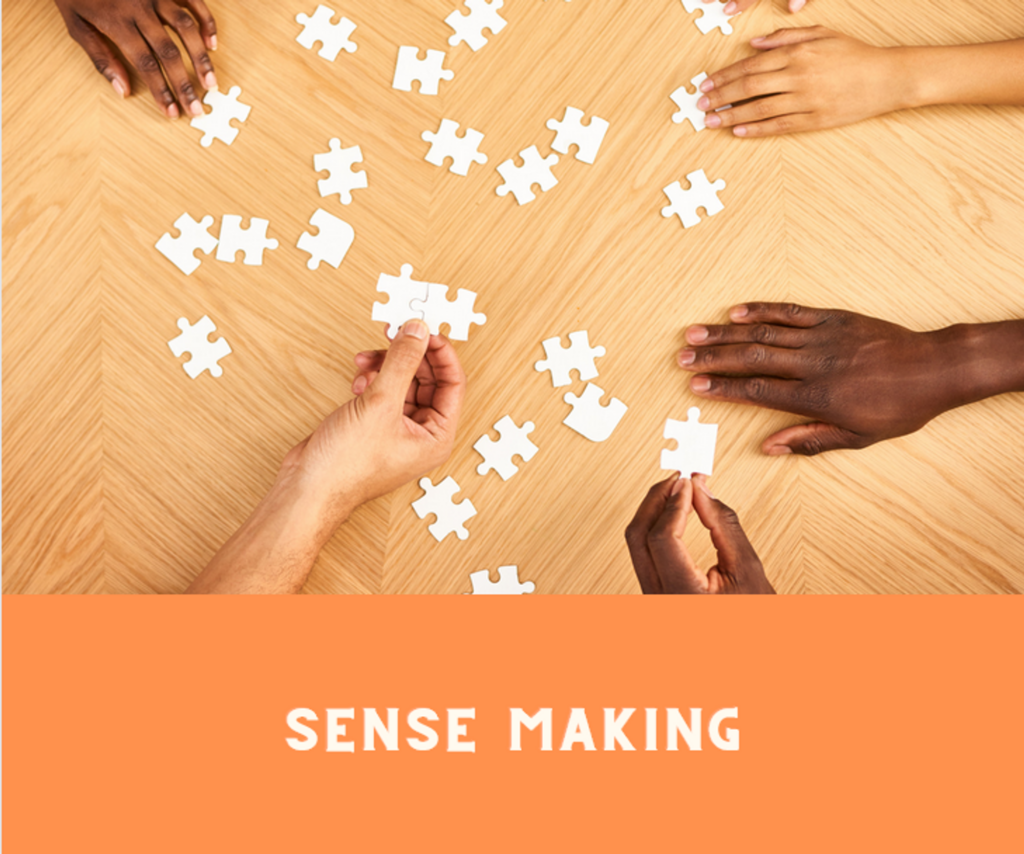
Stories help to keep us sharp because they provide us with a structured framework that organizes events and information into a meaningful whole. According to Lisa Cron, story allows us to navigate reality. It allows us to translate dry facts, big ideas, and abstract concepts into something specific so we can make up our minds for what to do with the facts.
Why? Our brains are wired to seek patterns and coherence. By following a story’s plot line, our brains get to make sense of complex ideas, detect cause-and-effect relationships, and create mental models that help us understand the world. Story helps with the cognitive process that aids in learning, problem-solving, and decision-making. Plus, narrative cohesiveness in story is crucial for engaging readers and keeping them immersed.
To provide narrative cohesiveness you need:
- A well-structured plot: You will want a clear beginning, middle, and end with a main conflict or problem which develops the story with rising action and reaches a climax that resolves the conflict in a satisfying way.
- Character Development: Characters are central to any narrative and they should have defined motivations and goals.
- Setting and World building: The setting, whether realistic or fantastical, needs to have consistency to its rules, environment, and culture in order to help readers suspend disbelief and become immersed in the story.
- Theme: A story should convey a theme which is woven throughout the story in a consistent and meaningful way.
- Cause and Effect: Events and actions should have logical cause-and-effect relationships with purpose and with consequence that drives the plot forward and affects the characters.
- Tone and Voice: Tone and voice needs to be consistent to help readers establish an emotional connection with the story and have a cohesive reading experience.
- Foreshadowing and payoffs: Foreshadowed hints at future events and developments, along with payoffs, help to create anticipation, build tension. Just be sure that payoffs are satisfying and connected to the overall narrative arc.
Memory
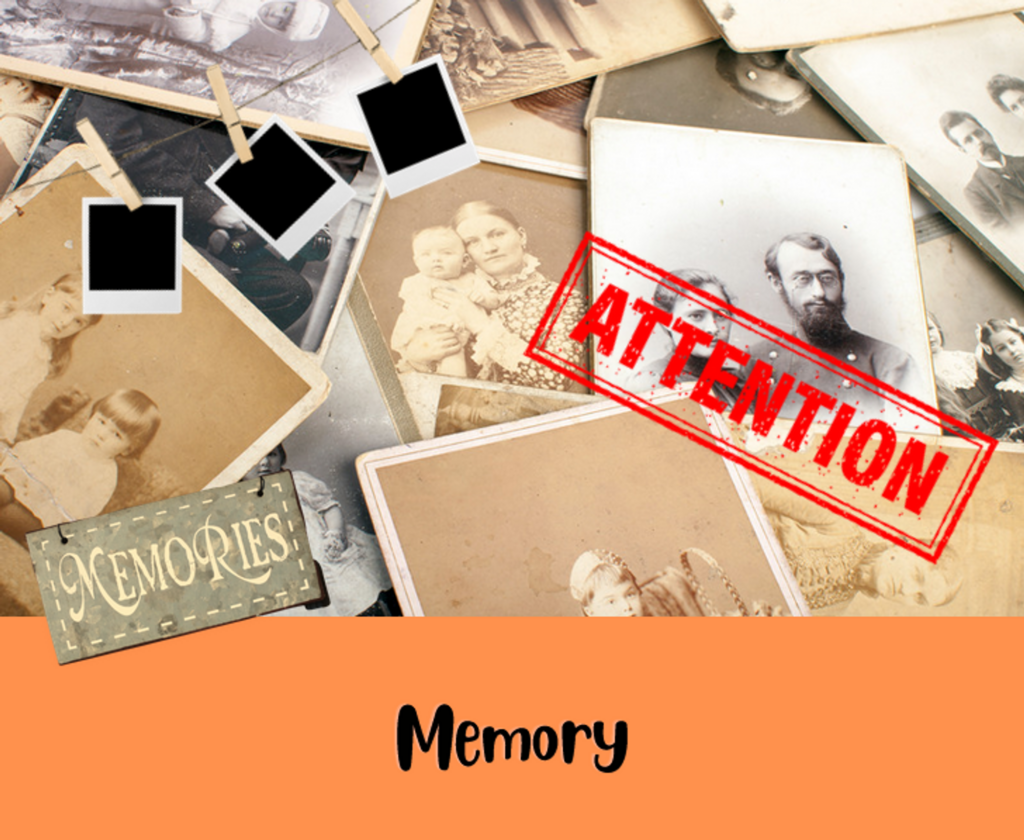
Good stories capture our attention. They create suspense, conflict, and curiosity. They engage our minds in a way that isolated facts or data fail to do. Because the human brain prioritizes information presented in a narrative format, it makes information presented in a good story more likely to be encoded and remembered.
How to make your story memorable:
- Have compelling and well-rounded characters that readers can relate to and empathize with. Give each character their own distinct personality, motivation, and flaws. And allow the reader to experience the character going through personal growth or transformation throughout the story.
- Utilize hooks. Hooks create story questions in the reader’s mind.
- Infuse your story with emotional depth and create moments that elicit joy, sadness, fear, anger, or surprise.
- Use vivid and evocative language to paint pictures in your reader’s mind.
- Incorporate unexpected plot twists and surprises that will challenge your reader’s expectations.
- Explore universal themes and meaningful ideas in your story.
- Create authentic and engaging dialogue and be sure that each character has his or her own voice.
- Use symbolism and metaphor to add layers of meaning to your story.
- Provide a satisfying resolution to the story’s main conflicts and tie up loose ends.
- Be authentic and celebrate your own author’s voice within your story’s pages.
Conclusion
The neuroscience behind why we gravitate to storytelling is a captivating field of study — from the activation of mirror neurons and the release of neurochemicals to how it helps us to learn and remember. It may be another bold statement to make, but storytellers might be the most influential people imaginable. Celebrate your creative spark and no matter the obstacles, keep writing! You may be changing the world for the better.

